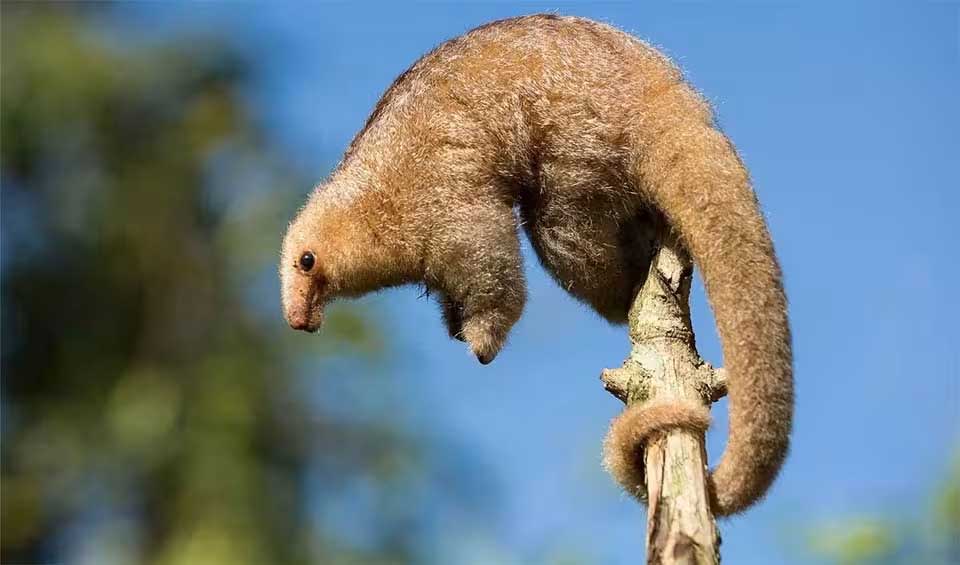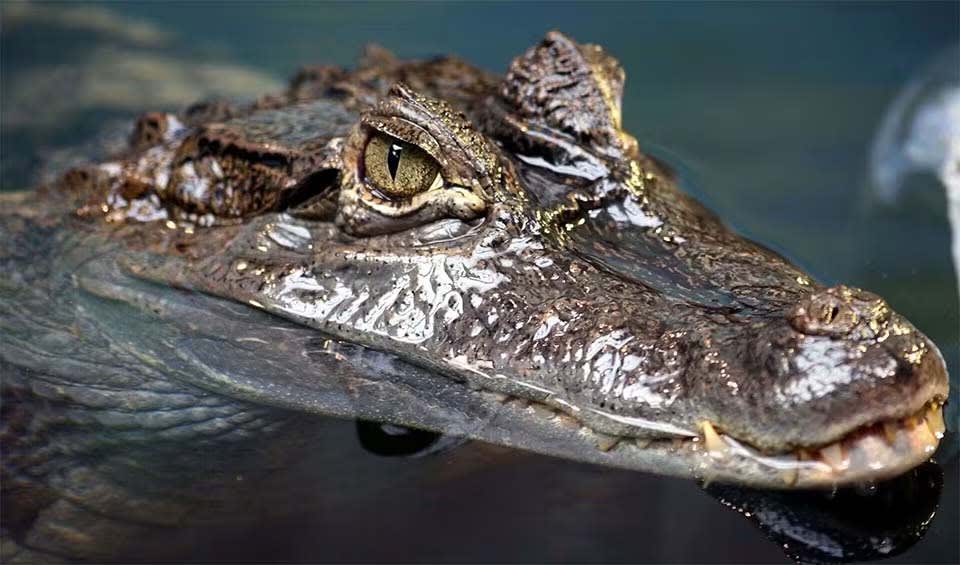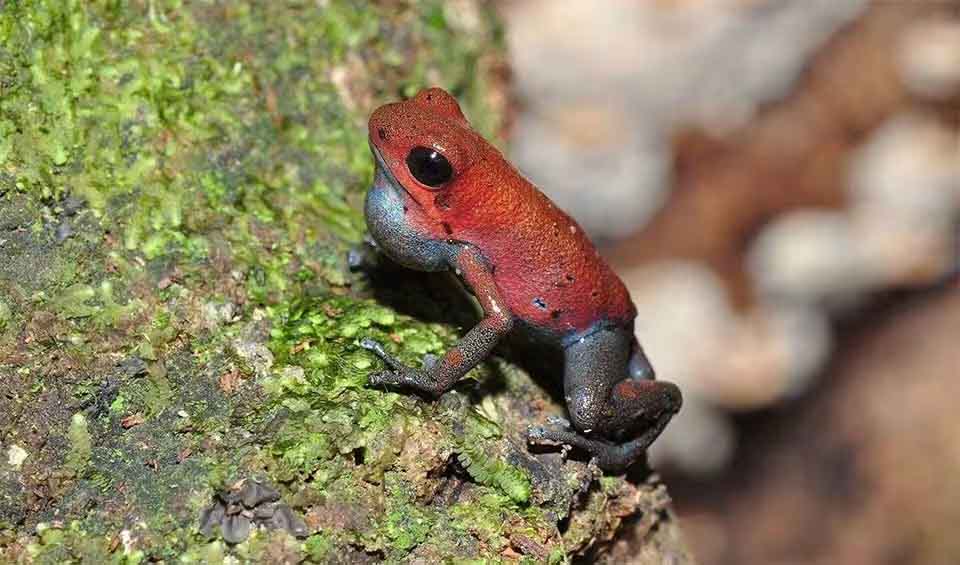Panama stands as a vibrant hub of biodiversity, boasting tropical landscapes that harbor an extraordinary variety of plant and animal species. Encompassing nearly half of the nation’s land area are expansive stretches of rainforests, mangrove swamps, and cloud forests nestled within the mountains.
Situated within the world’s most biodiverse region and bridging Central and South America, Panama enjoys unparalleled proximity to the diverse flora and fauna of three distinct bodies of water: the Caribbean Sea, Gulf of Chiriquí, and Gulf of Panama. These lush forests of Panama serve as crucial biological pathways, facilitating the migration of various species.
Four pillars elaborated:
Panama’s extensive network of protected areas covers more than a third of its land area and half of its marine territory, ensuring the preservation of diverse ecosystems such as rainforests, cloud forests, mangroves, and coral reefs. Recently, Panama reached a significant milestone by safeguarding over half of its marine waters, a feat largely attributed to the expansion of the Banco Volcán Marine Protected Area. This milestone positions Panama as a global frontrunner in ocean conservation, marking it as the first Latin American nation to achieve this level of marine protection. Such accomplishments underscore Panama’s dedication to environmental sustainability and its influential role in regional ocean conservation efforts. Land Management
Land Management
The primary challenges to biodiversity in Panama stem from factors like agricultural expansion, alterations in land use, soil degradation and loss, deforestation, and habitat fragmentation. Additionally, issues such as water and soil pollution, the development of human infrastructure within protected areas, various human-related risks, climate change, natural disasters, and the emergence of diseases further threaten the country’s biodiversity. Threats to Biodiversity
Threats to Biodiversity
Panama has implemented various strategies to tackle biodiversity threats. To combat invasive alien species, it’s developing a national legal framework and strategy to prevent their introduction. In response to the decline of amphibian populations due to chytridiomycosis, ex situ conservation efforts have led to the establishment of conservation centers like the El Valle Amphibian Conservation Center and the Amphibian Rescue Center, serving as models for global replication. Conservation plans have been devised for other endangered species like the Harpy eagle and jaguar. Capacity and Governance
Capacity and Governance
Additionally, efforts under the REDD+ initiative have enhanced understanding of deforestation causes, facilitating the design of a national strategy for forest conservation and carbon stock increase. Furthermore, the Panama Canal Authority has initiated reforestation programs since 2011.
Panama’s 30×30 Plan is an ambitious endeavor aimed at safeguarding 30% of the nation’s land and marine territories by 2030. This comprehensive initiative involves expanding protected areas, revitalizing degraded ecosystems, and promoting sustainable land management practices. As a signatory to this international commitment, Panama is dedicated to halting and reversing biodiversity loss by the target year of 2030. Additionally, the country has pledged to derive 70% of its electricity from renewable sources by 2050, a move designed to curb greenhouse gas emissions and mitigate the impacts of climate change on biodiversity. Future Trends
Future Trends
Biodiversity
The tropical rainforests, particularly those in the Darién National Park and the Soberanía National Park, are among the most biodiverse areas in Central America. These lush forests are home to a wide array of wildlife, including jaguars, ocelots, Baird’s tapirs, and several species of monkeys, such as the howler monkey and capuchin monkey. Birdlife is abundant, with over 900 recorded species, including the harpy eagle, Panama’s national bird, and the resplendent quetzal. These forests are also rich in plant diversity, with numerous species of trees, orchids, and bromeliads.Panama’s coastal and marine environments are equally rich in biodiversity. The country’s Pacific and Caribbean coasts are lined with extensive mangrove forests, seagrass beds, and coral reefs, which provide crucial habitats for a variety of marine species. The coral reefs, particularly those around the Bocas del Toro archipelago and the Pearl Islands, are teeming with marine life, including colorful fish, sea turtles, dolphins, and various invertebrates. The waters around Panama are also important for humpback whale migration.
In the table below are the number of known species in several main groups, how many of these species are Threatened with extinction, and how many of them are Endemic (unique to Panama only):
| Species (World rank) |
Threatened | % Threatened | Endemic | % Endemic | |
|---|---|---|---|---|---|
| Mammals | 258 (#38) | 17 | 6.6% | 19 | 7.4% |
| Birds | 889 (#20) | 17 | 1.9% | 11 | 1.2% |
| Reptiles | 286 (#29) | 10 | 3.5% | 32 | 11.2% |
| Amphibians | 230 (#17) | 49 | 21.3% | 51 | 22.2% |
| Fishes | 1,439 (#24) | 103 | 7.2% | 30 | 2.1% |
| Plants | 10,444 (#31) | 212 | 2.0% | 201 | 1.9% |
mammals
Cougar
The most widespread large mammal of the Americas: from Canada’s Yukon to the Andes in South America
Black-headed spider monkey
Agile arboreal acrobats with distinctive black fur swinging through the rainforests of Central and South America
Silky anteater
Also known as pygmy anteater, they are the smallest and most adorable of their insect-eating kind
birds
Great green macaw
A stunning bird dressed in vibrant green and blue, facing dangers from loss of home and unlawful trade
Fiery-throated hummingbird
Named for its breathtaking throat that seems to capture the colors of a sunset
Crested caracara
Got the looks of a hawk with the scavenging habits of a vulture
reptiles
Spectacled caiman
You might get the worst scare of your life if you see the crimson glow in the eyes of these creatures at night
Bothriechis lateralis
These slender and arboreal, also called palm-pitviper, occur mainly in Central America
Black wood turtle
The largest of all wood turtles
amphibians
Cane toad
When a big one meets a smaller one, it’s lunch!
Red-eyed tree frog
A charismatic frog is known for its beauty which can often be seen on all sorts of artwork throughout the world
Strawberry poison dart frog
Don’t mistake this creature for a juicy strawberry, as this is the most toxic member of its genus
National Animals
Harpy eagle
The world’s most spectacular and most robust eagle species serves a critical ecological role in the ecosystem they live in
Panamanian golden frog
One of the most threatened frog species in the world


















